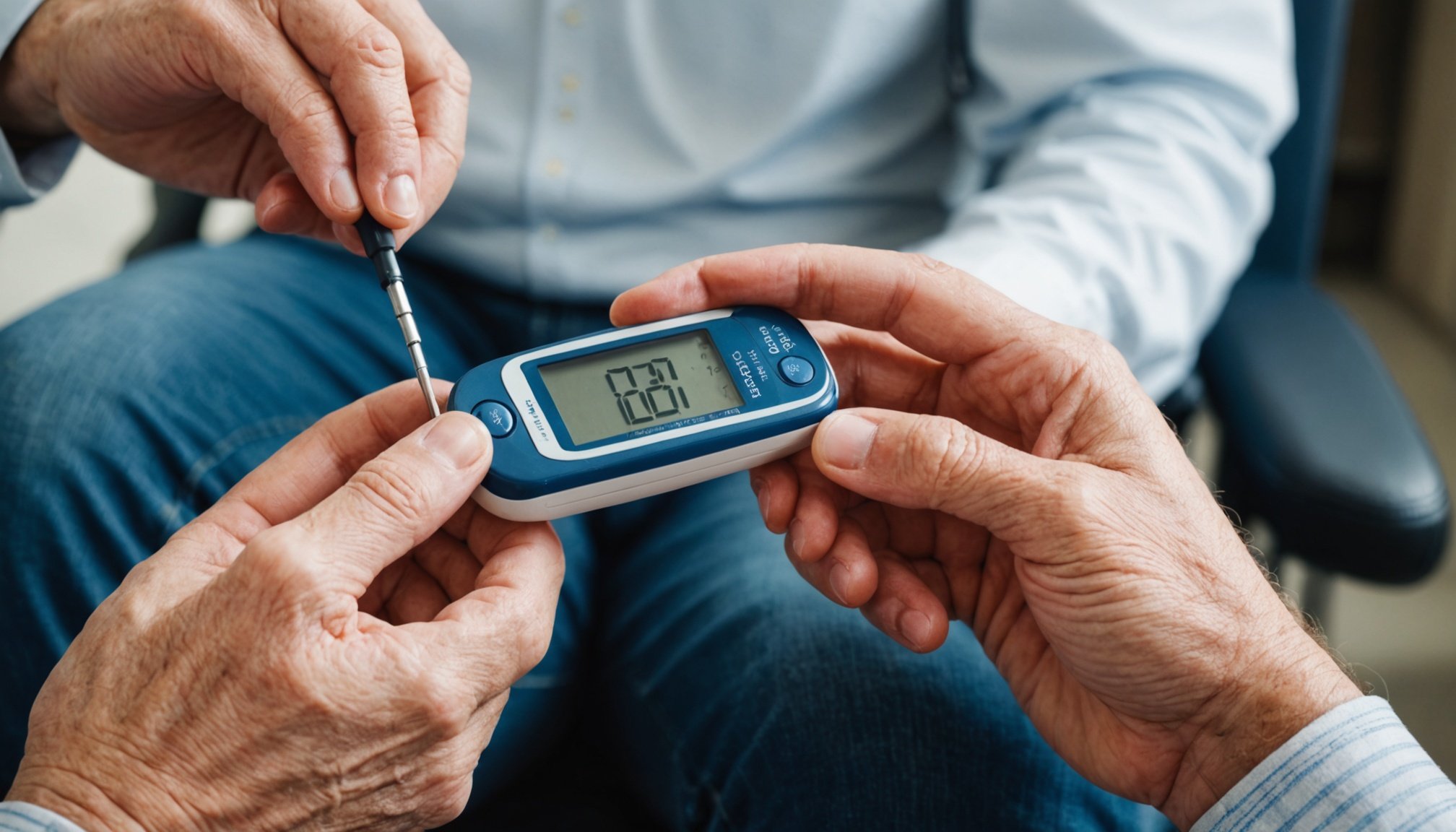In today’s fast-paced world, where convenience often trumps nutrition, the risk of developing chronic diseases like type 2 diabetes is ever-present. This condition, characterized by high blood sugar levels, can lead to significant health complications if not managed properly. Fortunately, there are effective strategies you can employ to reduce this risk and take proactive steps towards healthier living. By understanding the contributing factors and implementing preventive measures, you can stay ahead of type 2 diabetes.
Understanding the Risk Factors
Type 2 diabetes doesn’t just appear overnight. It develops over time, influenced by a combination of genetic, environmental, and lifestyle factors. Awareness of these risk factors can greatly aid in its prevention.
Also to read : How can you effectively communicate your healthcare needs to your doctor for better outcomes?
Among the most prevalent risk factors is obesity. Carrying excess weight, especially around the abdomen, increases the body’s resistance to insulin, a hormone crucial for regulating blood sugar. Additionally, individuals leading sedentary lifestyles are at a higher risk because physical inactivity impacts the body’s ability to utilize insulin effectively.
Dietary habits also play a significant role. Consuming high amounts of processed foods, sugars, and unhealthy fats can lead to weight gain and increased sugar levels, further escalating the risk. Moreover, a family history of diabetes could predispose you to the condition, emphasizing the importance of awareness and proactive care.
Have you seen this : What are the common misconceptions about mental health, and how can you educate others to reduce stigma?
Other factors like age and ethnicity can also influence risk. Generally, the risk increases after the age of 45, and certain ethnic groups, such as African Americans, Hispanics, and Native Americans, show higher susceptibility.
By acknowledging these factors, you gain a better understanding of the changes needed to lower your risk. Embracing a healthy lifestyle through diet and exercise becomes crucial.
The Power of a Balanced Diet
A healthy diet is a cornerstone of diabetes prevention, helping maintain optimal blood sugar levels and promoting overall well-being. Embracing nutritional awareness can be transformative in reducing type 2 diabetes risk.
Focus on incorporating a variety of whole foods into your meals. These should include fruits, vegetables, whole grains, lean proteins, and healthy fats. Such foods provide essential nutrients that support your body’s ability to process sugar efficiently and maintain stable insulin levels.
Limit intake of refined sugars and simple carbohydrates, which can cause spikes in blood sugar. Instead, opt for complex carbohydrates like brown rice, quinoa, and whole-grain bread, which release sugar slowly and keep you energized longer.
Protein-rich foods, such as beans, nuts, and fish, not only help in muscle repair but also in keeping blood sugar levels stable. Likewise, healthy fats found in avocados, nuts, and olive oil are vital for heart health, playing a role in reducing diabetes risk.
Portion control is another crucial aspect. Being mindful of serving sizes can prevent overeating, aiding in weight management and disease prevention. Consider using smaller plates and eating slowly to recognize when you’re full.
By prioritizing dietary changes, you’re taking a significant step towards a healthier lifestyle, effectively reducing the chance of developing type 2 diabetes.
The Importance of Regular Exercise
Exercise is a powerful tool in managing and preventing type 2 diabetes. Regular physical activity enhances your body’s ability to use insulin effectively, which is crucial in controlling blood sugar levels.
Engaging in at least 150 minutes of moderate aerobic exercise per week, such as brisk walking, swimming, or cycling, can drastically reduce your risk. These activities increase your heart rate, improve cardiovascular health, and aid in weight loss, all of which contribute to lower blood sugar.
Strength training exercises, performed at least twice a week, can also have a beneficial impact. Building muscle mass enhances insulin sensitivity and helps the body manage glucose better. Activities like lifting weights or using resistance bands are excellent choices.
Incorporating movement into your daily routine can be as simple as taking the stairs instead of the elevator, parking further from your destination, or even engaging in short bursts of activity throughout the day.
For those who find traditional exercise challenging, activities that combine physical movement with fun or relaxation, such as dance classes or yoga, can be excellent alternatives. The key is consistency and finding what works best for you.
By prioritizing regular exercise, you not only improve your health and reduce diabetes risk, but you also enhance your quality of life.
Regular Health Screenings and Monitoring
Regular health screenings are pivotal in the early detection and prevention of type 2 diabetes. These screenings can identify prediabetes, a condition where blood sugar levels are higher than normal but not yet high enough for a diabetes diagnosis.
During these screenings, healthcare professionals assess blood sugar levels through tests like fasting glucose tests or HbA1c tests, which provide insights into your average blood sugar levels over several months.
If you’re at a higher risk of diabetes, regular monitoring becomes even more critical. Keeping track of your weight, blood pressure, and cholesterol levels can help manage your overall health and prevent diabetes.
Healthcare providers can offer personalized advice and guidance based on your test results, helping you make informed decisions to alter your lifestyle accordingly.
Taking advantage of these screenings can also uncover other potential health issues, ensuring timely intervention and treatment. They’re not just a preventive measure for diabetes but a comprehensive approach to better health.
By staying informed about your health status and taking proactive measures in consultation with healthcare professionals, you better equip yourselves to reduce your risk of developing type 2 diabetes.
Preventing type 2 diabetes is within your reach through conscious lifestyle choices and regular monitoring. By understanding risk factors, adopting a balanced diet, engaging in regular exercise, and utilizing health screenings, you can significantly reduce your risk of developing this disease.
The journey to better health and a lower risk of type 2 diabetes begins with informed decisions and proactive measures. While genetics and age are factors you can’t control, lifestyle changes are entirely within your grasp. Embrace these preventative strategies, and as a result, improve your overall well-being and quality of life.
Your health is your most valuable asset—invest in it wisely, and reap the benefits of a longer, healthier life, free from the constraints of diabetes.











